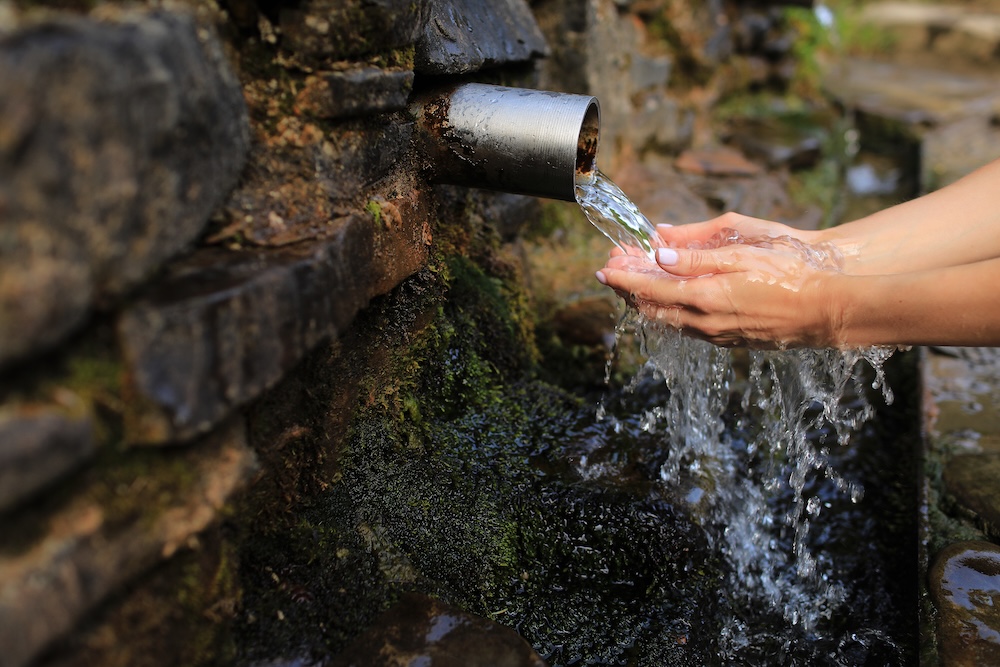What Are Micro-Hydro Systems?
Micro-hydro systems are small-scale water-powered turbines that generate electricity for off-grid homes, cabins, or communities. They harness the natural flow of water—like a stream or creek—to convert kinetic energy into usable power.
Unlike solar or wind, micro-hydro offers continuous, stable output 24/7, making it a compelling renewable option for those with access to flowing water.
How Do Micro-Hydro Systems Work?
The Basic Components
- Intake – captures water from the stream or river
- Penstock – a pipe that carries water to the turbine
- Turbine – converts water flow into rotational energy
- Generator – produces electricity from the turbine’s movement
- Control system and battery bank – stores and regulates power output
Energy Output Depends On:
- Flow rate – the volume of water available
- Head – the vertical drop (distance water falls)
Even systems with modest flow and low head can generate hundreds of watts—enough to power lights, appliances, and more.
Benefits of Micro-Hydro Power
1. Constant Energy Supply
- Unlike solar or wind, micro-hydro produces power day and night
- Less need for large batteries or backup systems
2. Low Maintenance
- Once installed, systems require little upkeep
- No need for fuel or constant intervention
3. Environmentally Friendly
- Minimal emissions
- Lower land use footprint than wind or solar farms
- Can be designed to avoid harming aquatic life
Limitations and Considerations
Site Requirements
- You need year-round access to flowing water
- Terrain and elevation changes impact feasibility
Legal and Regulatory Issues
- Permits may be required for water use
- Water rights vary by region
Seasonal Changes
- Drought or freeze can limit output
- Spring melt may overwhelm the system if not managed properly
Micro-Hydro vs. Other Off-Grid Power
| Feature | Solar | Wind | Micro-Hydro |
|---|---|---|---|
| Energy Output | Variable | Variable | Constant |
| Maintenance | Low | Medium | Low |
| Storage Needed | High | Medium | Lower |
| Footprint | Medium to High | High | Low |
Questions People Ask
How much power can a micro-hydro system produce?
Anywhere from 100 watts to 100 kilowatts depending on site conditions. Most off-grid homes only need a few hundred watts continuously.
Is micro-hydro legal?
It depends on your location and water rights. Always check local environmental regulations.
How much does it cost?
DIY kits can cost $1,500–$5,000. Larger setups may exceed $10,000.
Can I combine it with solar or wind?
Yes—hybrid systems increase resilience and cover seasonal gaps.
Final Thoughts
If you’re fortunate enough to live near flowing water, micro-hydro might be your most reliable renewable energy option. While not suitable for everyone, it’s one of the most consistent and environmentally friendly ways to power an off-grid lifestyle.
With thoughtful installation and a commitment to preserving water ecosystems, you can generate clean energy with minimal disruption—one stream at a time.









Reader Interactions